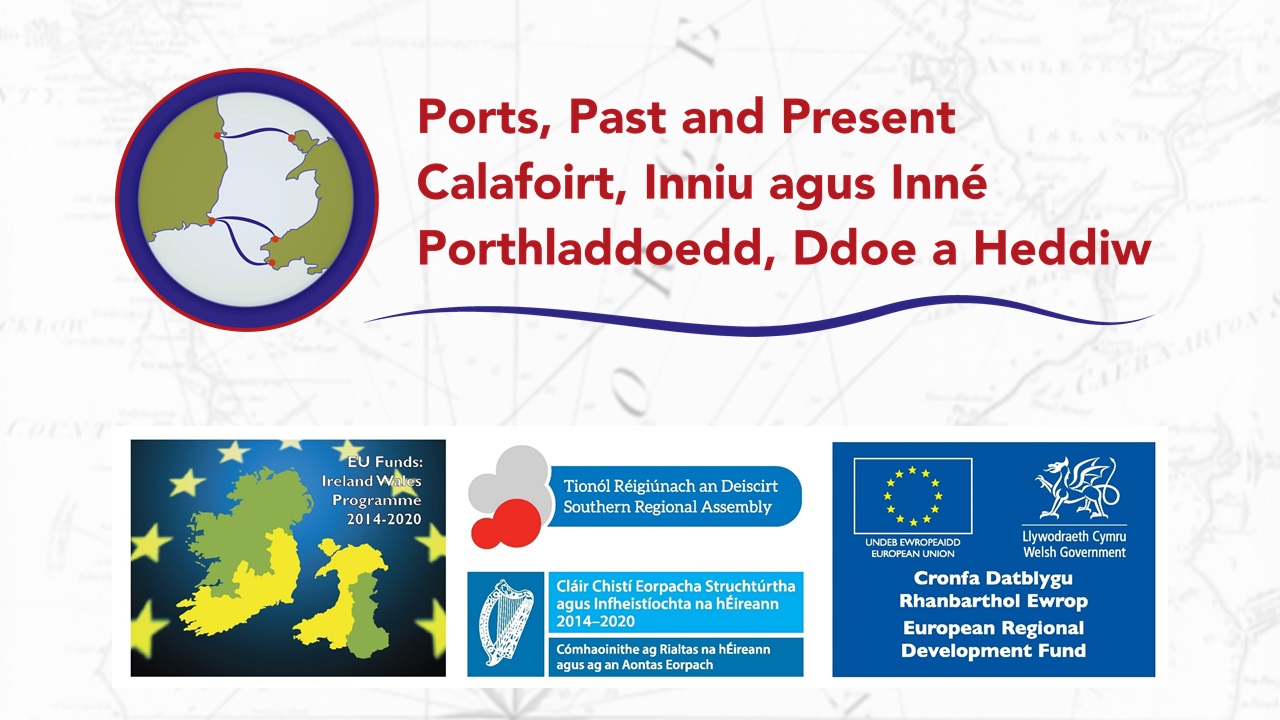Content can be downloaded for non-commercial purposes, such as for personal use or in educational resources.
For commercial purposes please contact the copyright holder directly.
Read more about the The Creative Archive Licence.
Description
Lede
For 100 years, a Dublin chapel with services in the Welsh language was a meeting place for sailors in Dublin port and a hub for Dublin’s resident Welsh community.
Story
The Welsh chapel is a story that connects Dublin with Anglesey.
In the 1830s, Calvinistic Methodists in north Wales decided to build a chapel in Dublin, mainly for visiting Welsh sailors. The Calvinistic Methodists, who were later known as the Presbyterian Church of Wales, built the chapel in Talbot Street, near the port. The chapel opened in 1838 and had a capacity of 300. It operated under Welsh supervision throughout its life, and was linked to Anglesey from 1865 onwards. Ministers were sent from Wales but there were times when the chapel did not have a resident minister and had to rely on ministers who came over for short periods or travelled from Holyhead on Sunday to hold the service. Services were in the Welsh language.
Sailors were the majority of the congregation. Before the chapel was built, religiously motivated sea-captains had organised prayer meetings on board ship in Dublin port, gathering the sailors from pubs and ships. For sailors, the chapel combined religion with an opportunity to meet fellow Welshmen and use their own language. By the middle of the nineteenth century, the chapel attracted not only Calvinistic Methodists but sailors of various Protestant denominations. As the chapel became too small for the numbers attending, a gallery, referred to as the quarterdeck, was built over the chapel door in 1862, exclusively for sailors. At each end of the gallery there were spittoons filled with sawdust, so that sailors could smoke or chew tobacco during services. Sailors on merchant and passenger ships from Holyhead predominated but some also came from ships carrying slate from quarries in Penrhyn and Felinheli.
While the chapel was intended for sailors, it became a focal point for the small Welsh community in Dublin. When the chapel opened in 1838 there were eighteen registered city members. Numbers seem to have peaked by 1861, when there seventy-seven members. In 1902 there were almost forty members. The chapel had fifty-seven christenings between 1839 and 1923 and celebrated eighteen marriages, the first in 1892 and the last in 1936.
Members of the chapel came from all social classes. Clerks, domestic servants, sailors, hotel owners and tailors featured in its records. Chapel members in 1914 included the housekeeper, housemaid, parlour maid and cook employed by John Purser Griffith, the civil engineer and politician, at his home in Rathmines Castle. Almost all these servants were from Anglesey, like their employer. (John Purser Griffith did not belong to the chapel but he gave it substantial funds.) In 1916, the housekeeper at Rathmines Castle, Caernarvon-born Mary Parry, married Owen Selwyn Jones, a widower and Minister of the Gospel with an address at Llanrhos, North Wales. The wedding took place in the Welsh church and the witnesses were John Lloyd-Jones, the Professor of Welsh in University College Dublin, and Elizabeth Roberts, the parlour maid from Rathmines Castle.
The chapel was more than a religious venue. Howell Evans, interviewed on RTE in 2011 at the age of 103, told how he first went there as a child who spoke no English.
He wrote in 1981 that ‘looking back …had there been no Welsh Church I would have lost my language and Welsh interest’. The Welsh language also attracted Ernest Blythe, the Irish finance minister, to the chapel and he took Welsh classes in the 1930s from its Minister, John Lewis. John Lloyd-Jones said that when the chapel closed ‘the heart of the Welsh community in Dublin had been taken out’.
Chapel membership was about sixty in 1910 but declined during World War One and fell again in the independent Irish State. By the 1930s it had only about twenty members. The last resident minister, John Lewis, retired to Wales in 1934. After that, visiting ministers came from Anglesey to conduct services. The last service was held in 1939 before the outbreak of war made the crossing too difficult. In 1942 it was decided to wind up the chapel. There were only thirteen members when the chapel was sold in 1944. Today the chapel is a brightly-coloured internet centre but, following a campaign by the Welsh Society in Ireland, the building now has protected status and there are plans to erect a plaque on the site.
Acknowledgements: Thanks are due to members of the Welsh Society in Ireland and to Pattie Punch of University of Limerick library.





Do you have information to add to this item? Please leave a comment
Comments (0)
You must be logged in to leave a comment